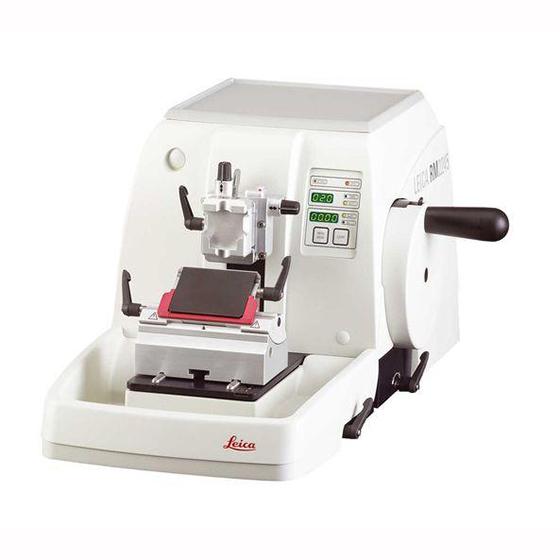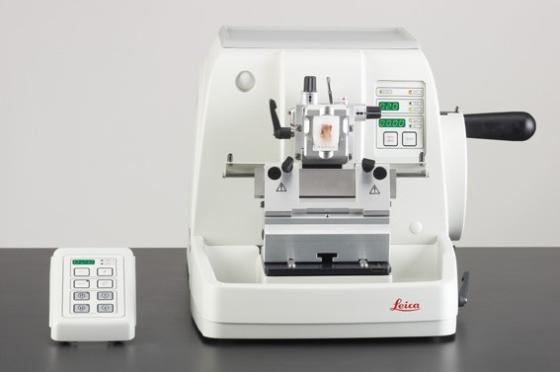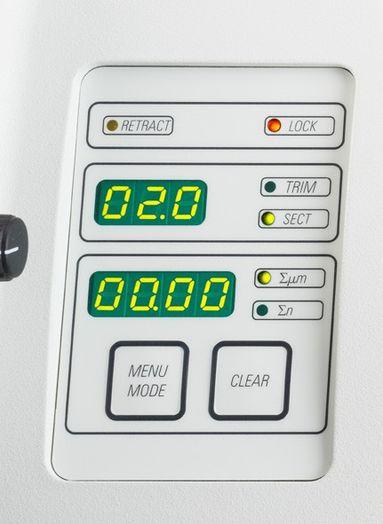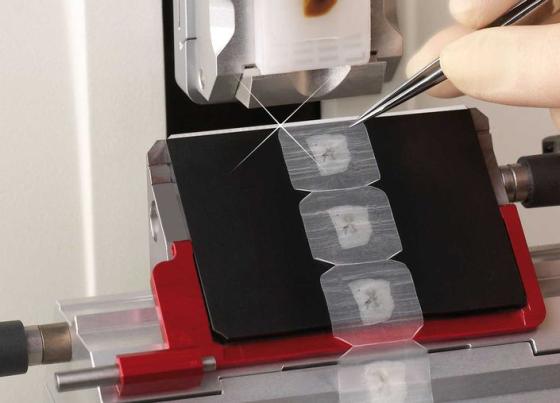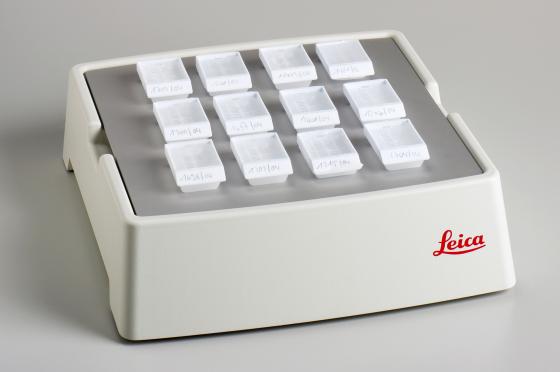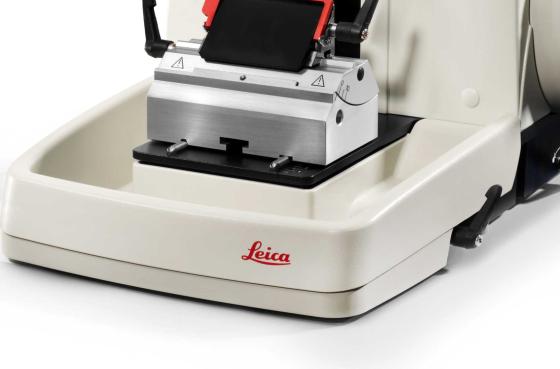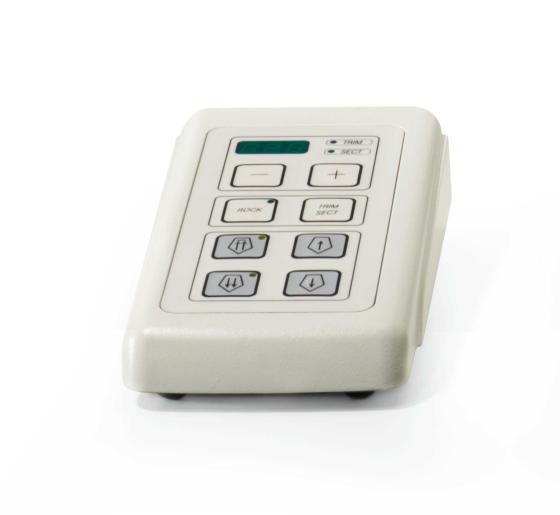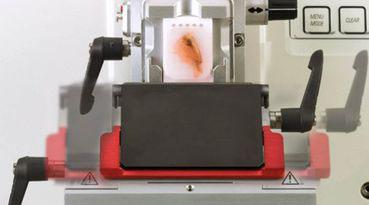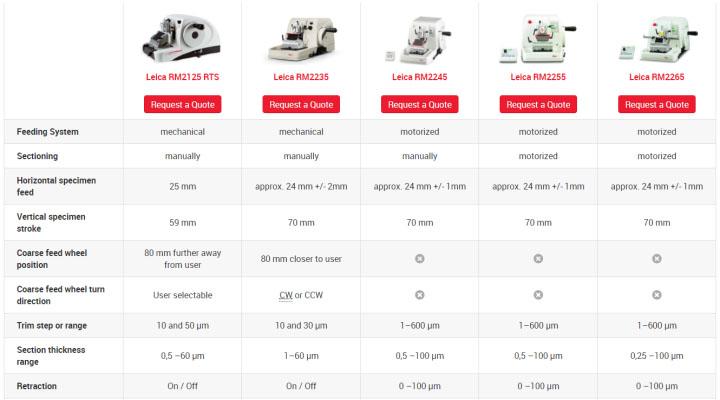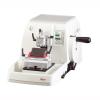






Leica Biosystems RM2245
| This Item has been discontinued | |
| Replaced by HistoCore MULTICUT | |
半自动轮转式切片机
RM2245是半自动轮转式切片机,设计用于组织学和工业质保实验室的常规和研究应用。
采用高精度的步进马达进样系统,能有效的掌控切片品质和可重复性,提升手动切片的效果。
可选择传统的、全手轮旋转的手动切片模式,或手轮前后短距离旋转的“半刀模式”。该仪器专门为切片经验丰富的用户而设计,相对于电动切片,他们更偏爱手动切片。
技术参数
手册
证书
材料安全数据表
用户手册
Frequently Asked Questions
- Advantages in the application of disposable blades over conventional knives:
- Substantial cost reduction
- Consistent section reproducibility
- Consistent section quality
- Support of all common microtome systems
- For all paraffin embedded samples
- For all cryosectioning applications
- Expensive resharpening no longer required
- No longer dependent on quality of selected resharpening service
- No downtime while knives are at the resharpening service - Standard re-usable steel knives and disposable blades in comparison with standard microtome blades: In typical histology laboratories, 50-100 blocks on average per day and person will be handled. Depending on the type of specimen and the way of trimming, up to 50 specimens and more can be worked on. Assuming the laboratory is handling all the different types of tissues that are typically processed in a histopathologyl lab, up to 20 blocks can be cut with high quality microtome blades retaining the same sectioning quality.
- Conventional steel knife 16 cm c-profile: As a rule, no more than 80 to 100 blocks will be cut by a steel knife with consistent section quality. Thereafter, the steel knife has to be sharpened regularly to regain the required knife performance. Due to the design of microtome knife holders, only 70% to 80% of the total knife edge can be utilized for cutting. The remaining 20% to 30% are not accessible because of the clamping principle commonly used.
Spring balance system is not calibrated: Set the hand-wheel to the 3 o'clock position and let it sit. If the wheel drifts upward or downward then the spring system is not balanced and requires adjustment. If the hand-wheel does not drift, then no adjustment is necessary. If adjustment is necessary, the user can balance the unit by adjusting a flathead screw, which is accessible through the hole on the underside of the microtome base plate. Removal of the section waste tray is necessary. If the specimen head slightly rises, turn the screw counter-clockwise completing 2 or 3 full rotations.
- Check the specimen advance (micrometer) setting to be certain that it is set correctly.
- Activate the coarse specimen advance to confirm that the specimen head is advancing.
- Select trim setting (e.g. 20µm) and try sectioning.
- Check that the knife holder is firmly clamped.
- If all the above fail – call Technical Service.
- Linear bearings have moved in cage and are at their lower limits: Linear bearings need to be cleaned, exchanged, possibly re-greased.
- Alignment of bearing cage is incorrect: Open a service call.
- Retraction "ON" causes louder clunking sound: Turn the retraction off by turning flathead in back of the microtome.
Testimonials
"Bronson Methodist Hospital: a systematic approach to validating xylene‑free processing"

Leica PELORIS improving workflow, safety, and productivity

Excellent results with Leica PELORIS xylene-free processing

Going green with a next generation tissue processor

